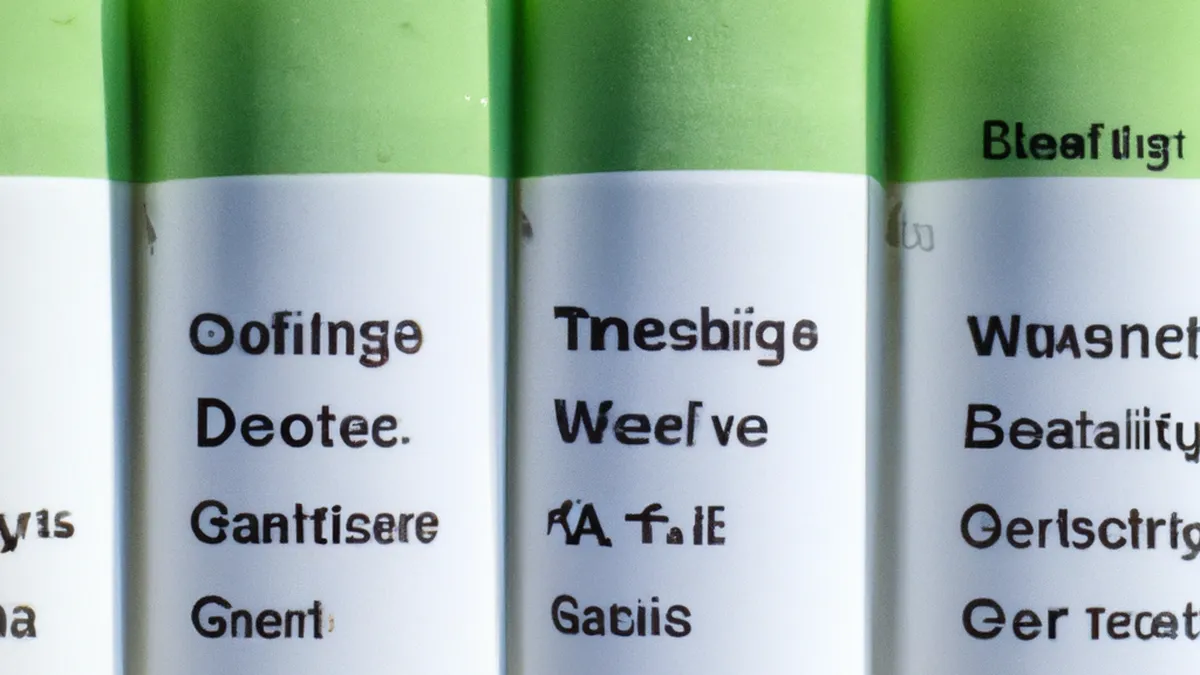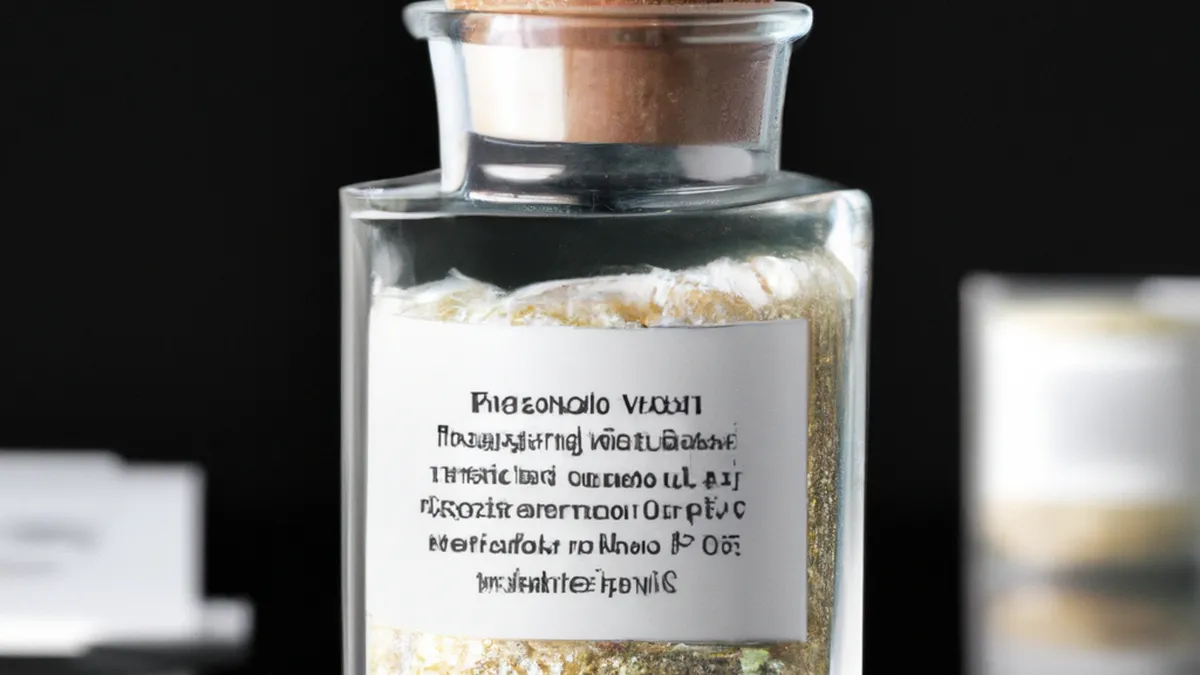Signs You’re Dehydrated: Know the Indicators
Assessing Hydration Status IndicatorsHydration plays a crucial role in overall health. It affects physical performance, cognitive function, mood, and skin health. Many people ignore their hydration status and underestimate the importance of fluid intake. You must understand how to assess hydration effectively. This blog post explores hydration status indicators, practical hydration tips, and the benefits of staying hydrated.
Understanding Hydration Status
Hydration status describes the fluid balance in your body. Water makes up about 60% of an adult’s body weight. It regulates body temperature, transports nutrients, and removes waste. Low hydration levels can lead to dehydration, where your body loses more fluids than it takes in. Dehydration can cause dry mouth, fatigue, kidney stones, and heat-related illnesses. Conversely, overhydration can result in water intoxication, disturbing electrolyte balance and causing serious health issues.
Common Indicators of Hydration Status
You can assess hydration status through several indicators. These include urine color, thirst, and body weight changes.1. **Urine Color**: Urine color indicates hydration levels. Clear or light yellow urine shows good hydration. Dark yellow or amber urine suggests dehydration. Remember that certain foods and supplements can alter urine color, so consider these factors.2. **Thirst**: Thirst signals your body’s hydration needs. Feeling thirsty means you need more fluid. However, many people don’t feel thirsty until they are already dehydrated, especially older adults. 3. **Body Weight Changes**: Sudden weight loss often indicates fluid loss, especially after exercise or illness. Weigh yourself before and after vigorous activity to gauge fluid loss. A 1-2% drop in body weight signals dehydration, while a loss over 3% can impair performance and health.
Additional Indicators to Consider
Besides common indicators, other assessments can offer deeper hydration insights.1. **Skin Elasticity**: Test skin elasticity to gauge hydration. Pinch the skin on your hand or forearm and release it. If the skin returns quickly, you are likely well-hydrated. If it takes time, you may be dehydrated.2. **Heart Rate and Blood Pressure**: Monitor heart rate and blood pressure for dehydration signs. Elevated heart rate and low blood pressure can signal dehydration during physical activity. A higher-than-normal heart rate may indicate insufficient hydration.
Conclusion
As an Amazon Associate I earn from qualifying purchases.
Gear tip: consider electrolyte mix, soft flask, and blender bottle whisk to support this topic.
Understanding hydration status indicators helps you maintain optimal health. Regularly assess your hydration to support performance and well-being.
Below are related products based on this post:
FAQ
What is hydration status?
Hydration status refers to the fluid balance in your body, which is essential for regulating body temperature, transporting nutrients, and removing waste. Approximately 60% of an adult’s body weight is water, and maintaining proper hydration is critical for overall health.
How can I assess my hydration status?
You can assess hydration status through indicators such as urine color, thirst, and body weight changes. Clear or light yellow urine typically indicates good hydration, while darker urine suggests dehydration. Additionally, sudden weight loss after exercise can indicate fluid loss.
What are some additional indicators of hydration?
Beyond common indicators, skin elasticity and monitoring heart rate and blood pressure can provide insights into hydration levels. Testing skin elasticity by pinching the skin can reveal dehydration if it takes time to return. An elevated heart rate and low blood pressure during activity may also signal insufficient hydration.















Post Comment